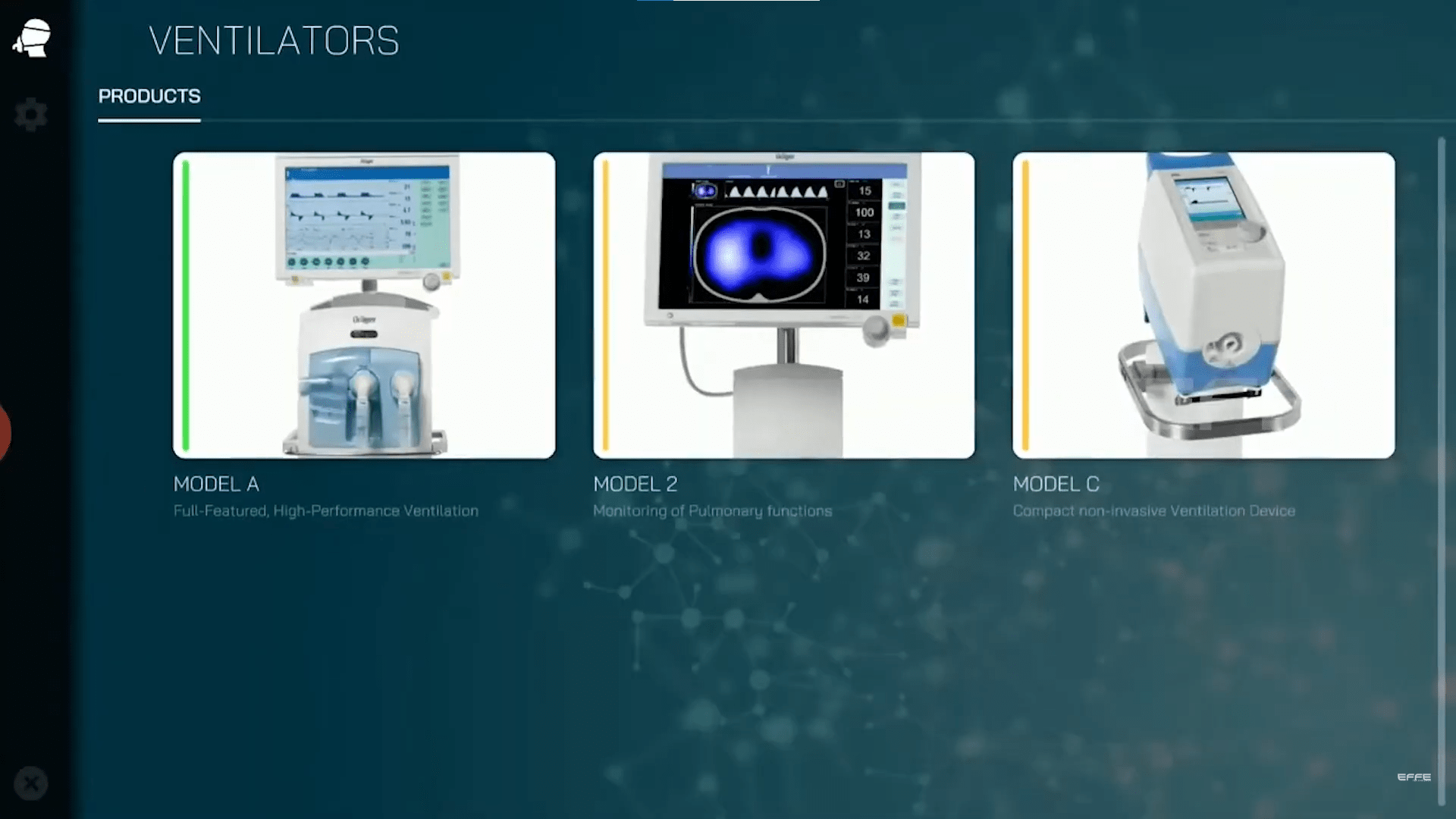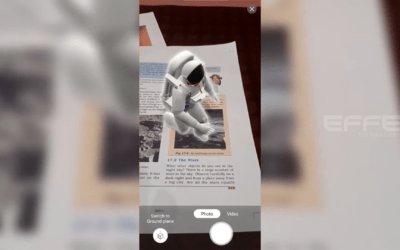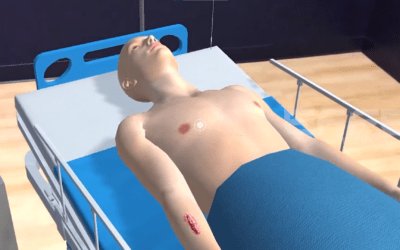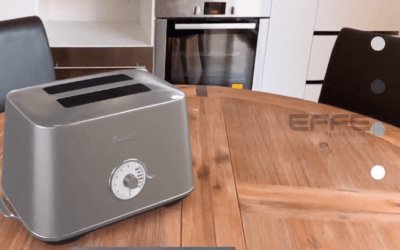Project Brief:
In the healthcare sector, particularly in critical care settings, the proper operation of medical ventilators is crucial for patient outcomes. Traditional training methods for these complex devices often involve hands-on sessions with physical equipment, which can be resource-intensive and limited in accessibility. To address these challenges, our client sought to integrate AR solutions into their training programs. The objective was to develop an interactive AR application that would provide immersive, accessible, and effective training for medical professionals on the use of medical ventilators, exemplifying the potential of Augmented Reality for Healthcare.
Client Requirement:
The client, a leading healthcare institution, identified several key requirements for the project:
- Interactive AR Application: Develop a mobile AR application that allows medical professionals to visualize and interact with a virtual medical ventilator, facilitating comprehensive training on its operation.
- User-Friendly Interface: Create an intuitive and user-friendly interface that caters to healthcare professionals with varying levels of technical proficiency, ensuring ease of use and accessibility.
- Integration with Existing Training Programs: Ensure that the AR application complements and integrates smoothly with the client’s existing training programs and protocols.
- Scalability: Develop a solution that can be easily scaled across multiple departments and training centers, maintaining consistency and quality of the AR experience.
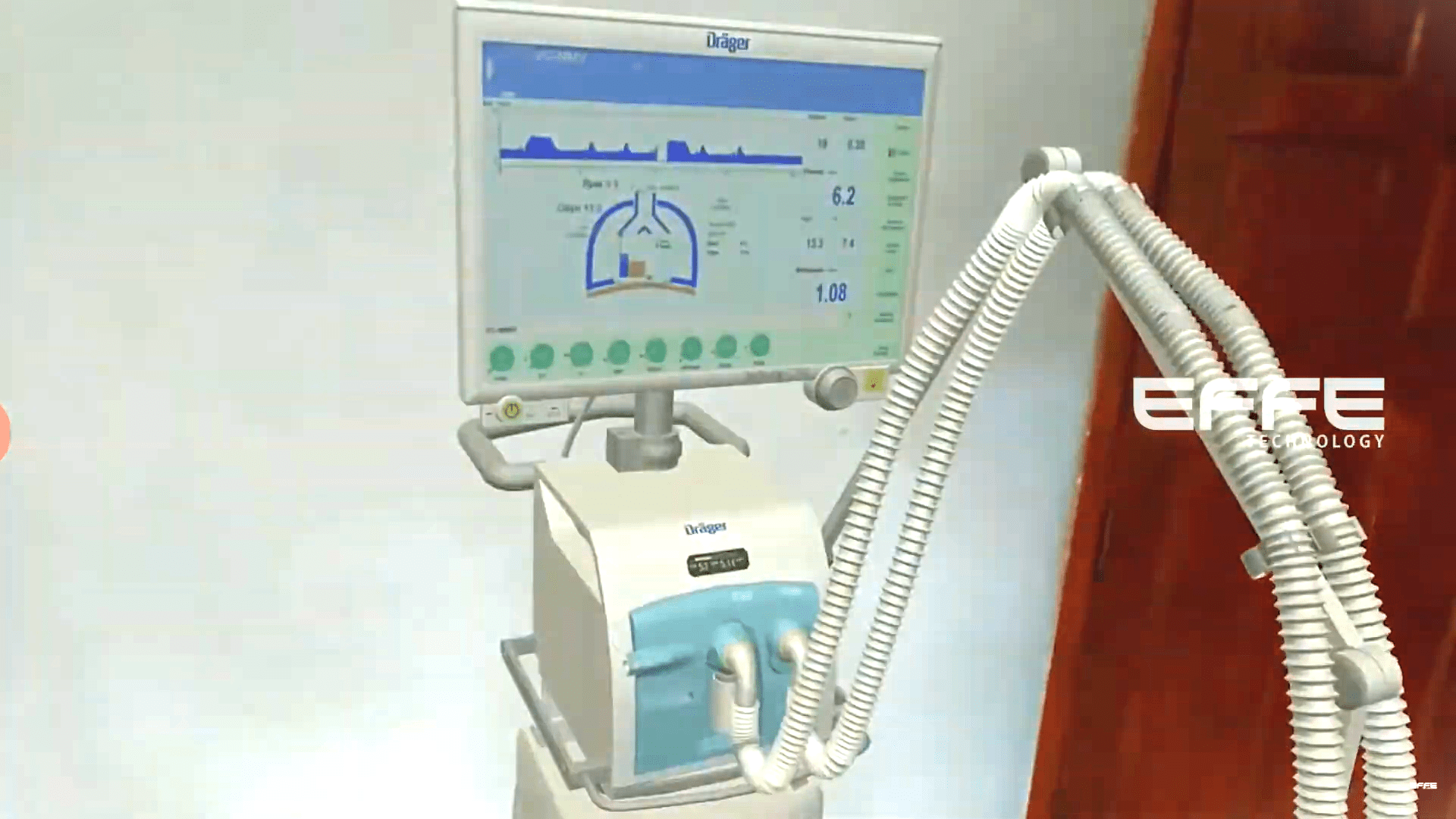
Project Planning, Strategy, and Process:
To meet the client’s requirements, we adopted a comprehensive approach encompassing the following phases:
- Needs Assessment and Research: Conducted in-depth consultations with the client’s medical and training teams to understand specific challenges and objectives. Analyzed existing training materials and methods to identify areas where AR could provide significant enhancements, particularly in the context of Augmented Reality for Healthcare.
- Design and Development: Leveraged insights from the assessment phase to design a customized AR application. Developed detailed 3D models in Maya and Blender of the medical ventilator, incorporating interactive features that simulate real-world operation. Ensured the mobile AR application was compatible with various smartphone devices and operating systems.
- Integration: Collaborated with the client’s training department to integrate the AR application with existing training programs. Ensured that the AR content aligned with current training protocols and standards, making it a seamless addition to the hospital’s approach to Augmented Reality for Healthcare.
- Testing and Validation: Implemented pilot programs to test the AR application in real-world training scenarios. Collected feedback from medical professionals to refine the solution and address any technical challenges.
- Training and Deployment: Developed comprehensive training materials and conducted workshops to equip the client’s staff with the necessary skills to utilize and manage the AR application effectively. Rolled out the solution across various training centers.
- Continuous Support and Improvement: Established a support framework to assist users and gather ongoing feedback. Regular updates and improvements were made to the AR application based on user experiences and technological advancements. Visit Our Partner Site
Deliverables and Client Benefits:
Deliverables:
- Mobile AR Application: Delivered an interactive mobile AR application featuring a detailed 3D model of the medical ventilator, complete with interactive features that simulate real-world operation.
- Integration Documentation: Provided detailed documentation outlining the integration process and how the AR application aligns with existing training programs and protocols.
- Training Materials: Created comprehensive training materials and conducted workshops to ensure staff proficiency in using and managing the new AR tool.
- Support Framework: Established a support framework to assist users and facilitate continuous improvement of the AR application.
Client Benefits:
- Enhanced Training Effectiveness: The interactive nature of the AR application significantly improved the effectiveness of training programs, providing immersive experiences that facilitated better understanding and retention of information. This highlighted the power of Augmented Reality for Healthcare in improving learning outcomes.
- Increased Accessibility: The mobile AR application allowed medical professionals to access training materials anytime and anywhere, increasing the accessibility and flexibility of training programs.
- Cost Savings: By reducing the need for physical equipment and in-person training sessions, the AR solution led to significant cost savings for the client.
- Improved Patient Outcomes: Better-trained medical professionals contributed to improved patient outcomes, as they were more proficient in operating medical ventilators.
- Competitive Advantage: By integrating cutting-edge AR technology into their training programs, the client positioned themselves as an innovative leader in healthcare education and training, further showcasing the value of Augmented Reality for Healthcare in a rapidly evolving sector.
In conclusion, the development and implementation of an interactive AR application for medical ventilator training proved to be a transformative approach for the client. By leveraging advanced AR technologies, the client achieved significant improvements in training effectiveness, accessibility, and overall healthcare outcomes. This case study underscores the potential of Augmented Reality for Healthcare to revolutionize traditional training methods in the healthcare sector, paving the way for innovative and effective educational practices.

